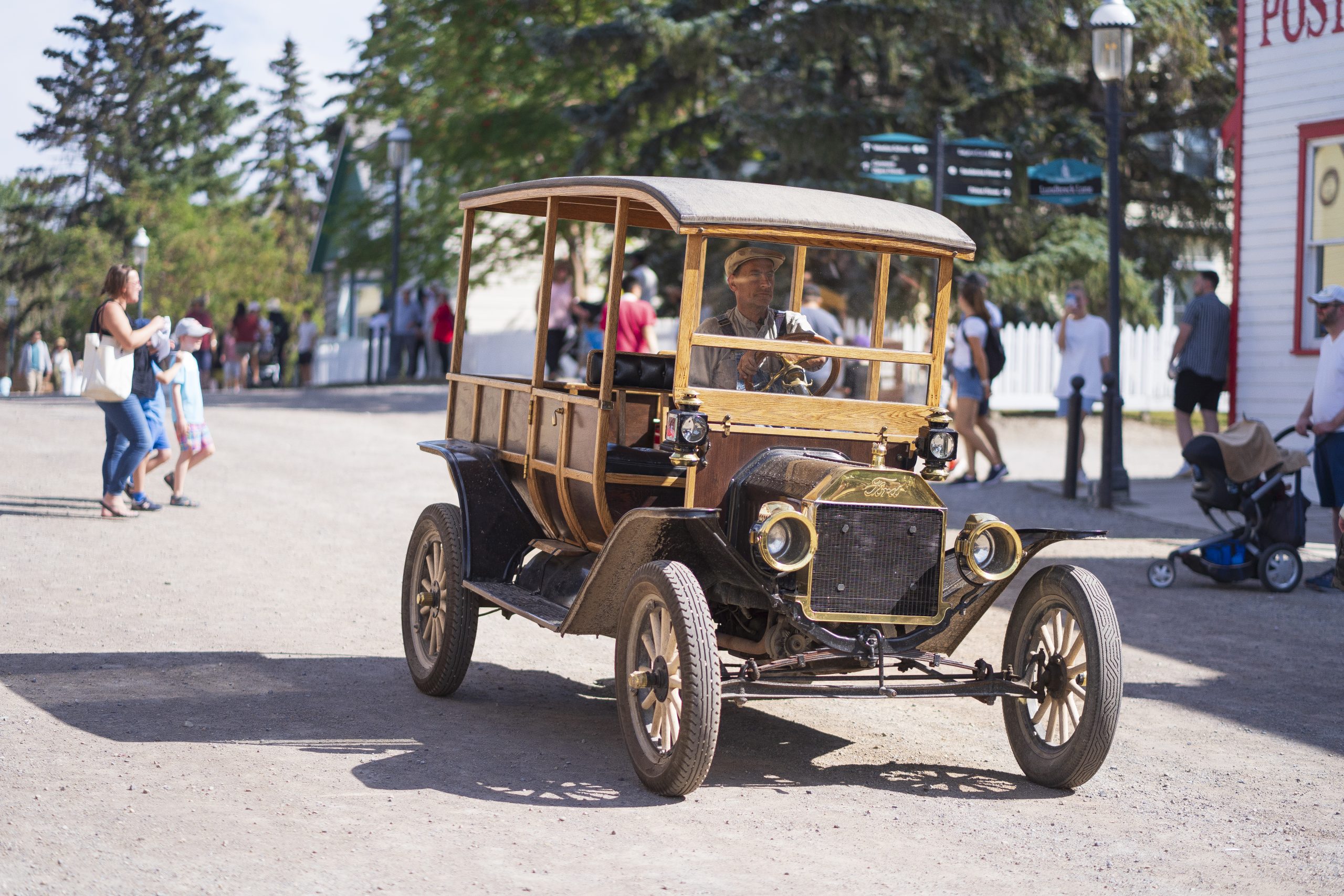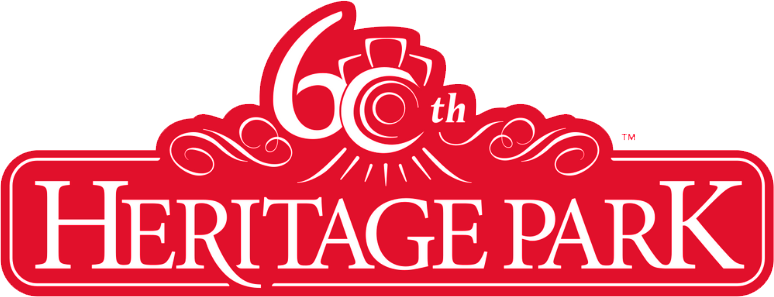Sustainability
At Heritage Park, sustainability is not just something we practice — it’s a way for us to preserve the past while protecting the future.
Nurturing Heritage, Sustaining Tomorrow
At Heritage Park, sustainability is not just something we practice — it’s a way for us to preserve the past while protecting the future.
We are committed to minimizing our environmental footprint, and that plays a key part in current Park operations, as well as future plans. Through small steps to keep waste out of landfills to major projects that help us power the Park, a ‘green’ thread runs through all we do.
It’s all part of the way we’re taking action today to benefit the generations of tomorrow.

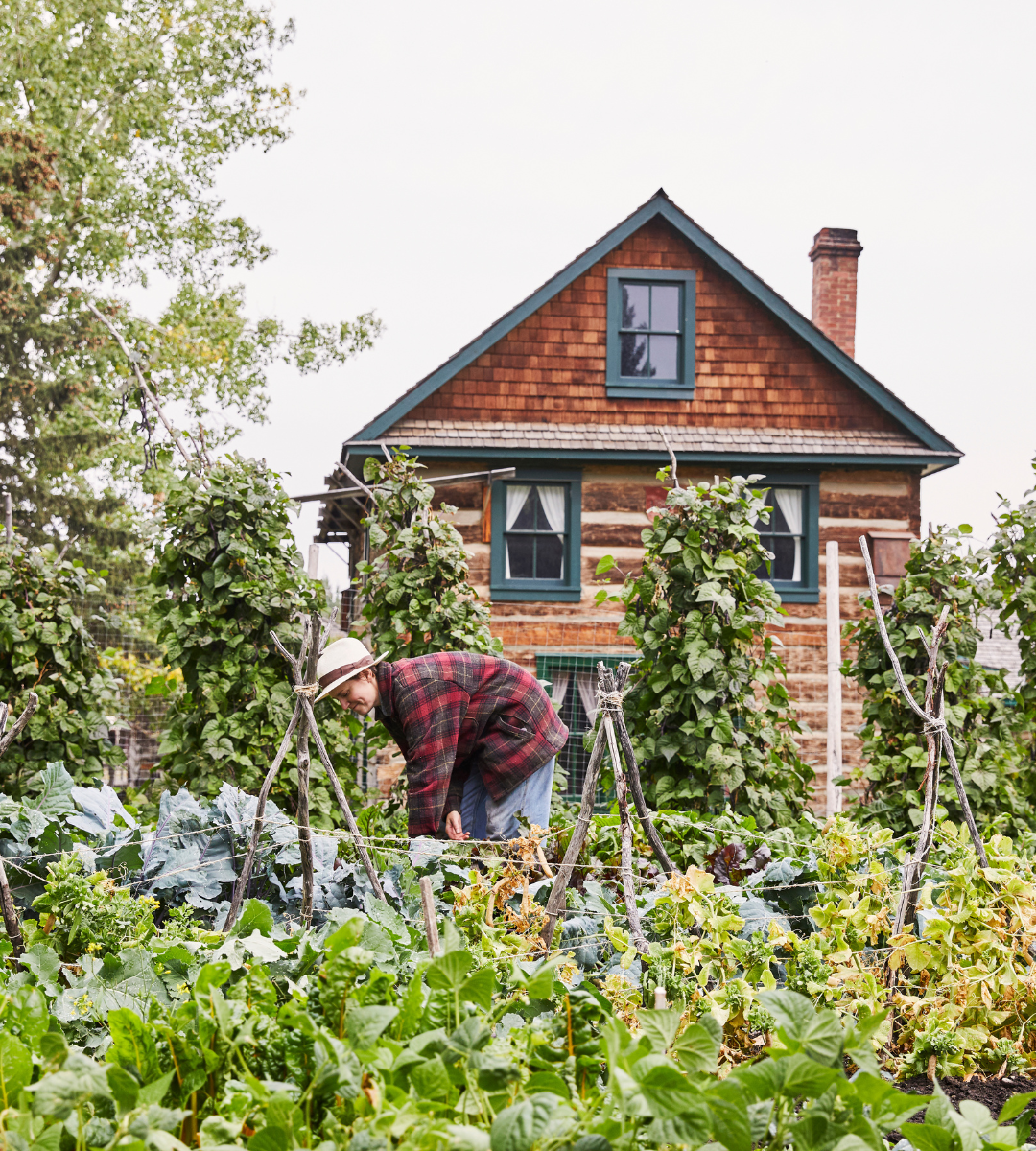
The Food Loop
With an eye to the future, we’re using approaches from the past when it comes to how we handle food at the Park.
Through a full-circle system, we put produce on plates, keep organic matter out of landfills, help nourish the soil to grow vegetables for our restaurants and keep our livestock well fed — a loop approach that has been used for centuries.
Vegetables grown in our garden take centre stage in the restaurant kitchen and interpretive programs, meaning for some of our produce there’s just a few hundred steps from gate to plate. This not only reduces some of the carbon footprint that would have been generated by having that squash or lettuce delivered, but also gives us a chance to showcase the direct link between agricultural practices and the delicious dishes we serve.
We approach surplus ingredients the way our ancestors did — using them in new ways when possible. Older Alberta Bakery bread finds new life as stuffing, breadcrumbs and bread pudding, when the season is right for that hearty dessert. This both saves space in the landfill and compost heap and ensures no good food is wasted.
Our animals benefit from this system too — leftover lettuce from our gardens becomes part of their meals, minimizing waste while caring for the environment, and our livestock.
Meanwhile, composting is a big part of our sustainability circle. By composting all of our food waste, we are creating a loop that keeps organic matter out of landfills, while creating nutrient-rich soil that goes back into our gardens for the next bounty of vegetables.
Wherever possible, we make conscious decisions around disposable products used on the grounds. The majority of these can be recycled, or even composted, ensuring even when you enjoy a tasty treat at the Park, we’re working together to reduce our environmental footprint.
Green Thumbs
Our in-house compost blend, made from food waste, grass clippings, manure and leaf and plant matter, nourishes our gardens for the next round of crops. This rich compost makes for healthier soil that better retains water and makes for the best growing conditions for our plants.
To preserve even more water, we do almost all of our watering before we open or after we close — the coolest parts of the day. This way, we can prevent rapid evaporation, ensuring our plants are getting the moisture they need.
In our gardens, we use ecological planting practices to boost plant growth. This means using drought-resistant plants in sunny spots — so they need less water — and employing companion planting in our vegetable garden.
When growing season is done, we collect seeds from the vegetables in our gardens, saving some to plant the next round of crops and selling a portion in our retail stores for others to buy and plant in gardens of their own.
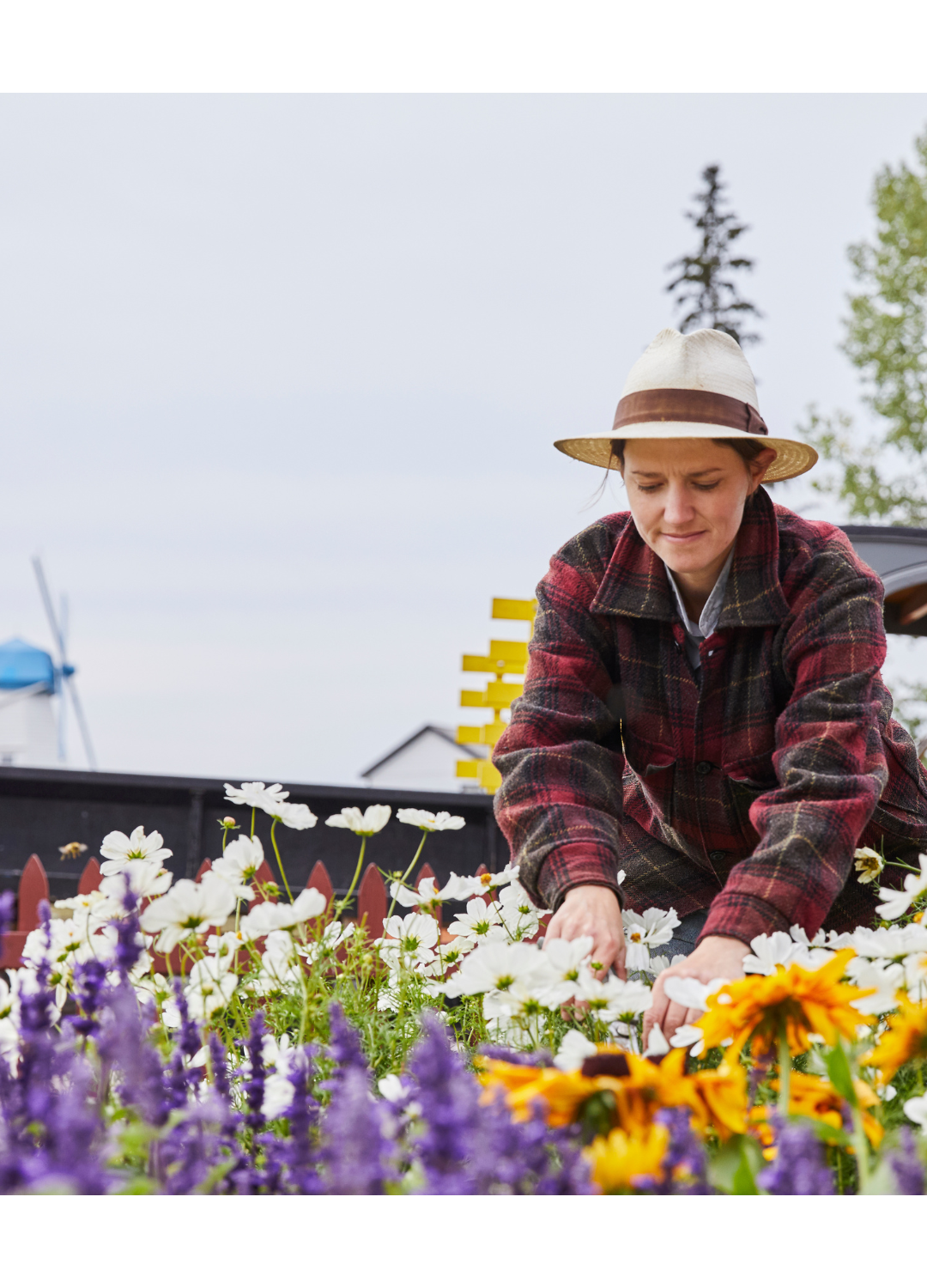
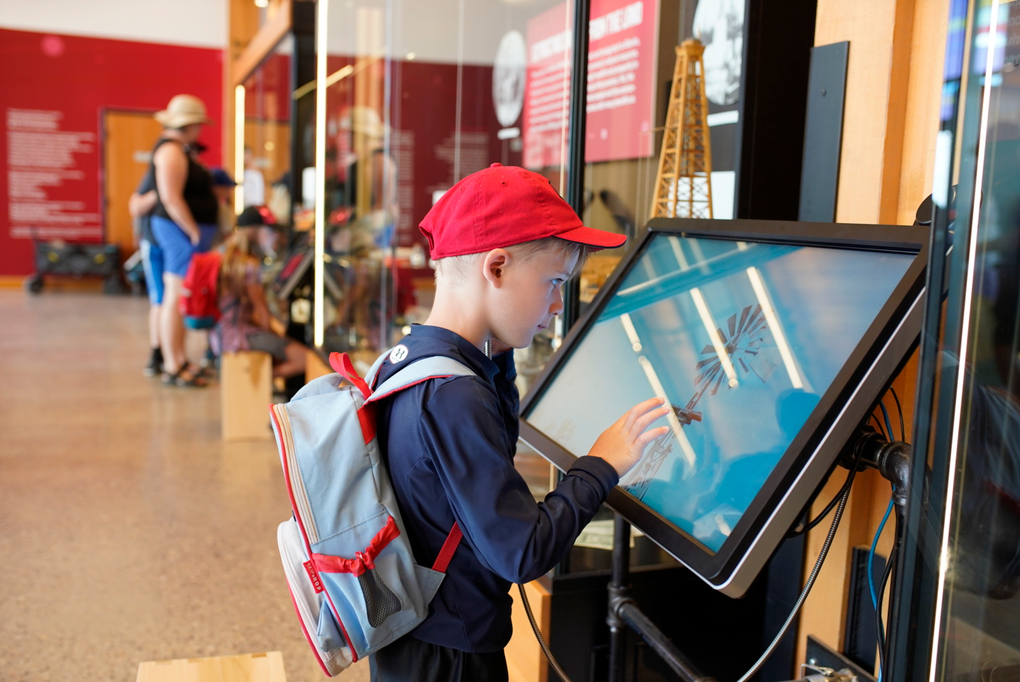
Powering the Park
Sustainable energy helps power the Park.
Our new interpretive centre, Innovation Crossing, is one place where we can showcase our commitment to sustainability — both through our educational programming, and with the building itself. While the collection of immersive displays teaches guests about how our reliance on energy has evolved through history, our low-carbon centre actually incorporates a number of ‘green’ technologies. From solar power and earth tubes — a way to use energy from the ground to heat or cool air — to biomass furnaces, visitors can explore some of the ways we can use natural resources and new technologies to supply energy.
Across the Park, we have set up 323 solar panels on the roofs of the Railway Carshop, Railway Roundhouse, Goat Shop and the new Innovation Crossing interpretive centre, producing 128 kW of power. Our wheelchair lift for the train car even uses energy from the solar panels — part of our commitment to sustainable power and accessibility.
To reduce our energy consumption, we have replaced lighting systems with high-efficiency LED and upgraded our furnaces and water boilers.
Classic Vehicles, Modern Engines
Looking ahead, we will be retrofitting our vehicles to electric to significantly reduce their carbon footprint. This includes swapping the diesel engines for train #2019 and the S.S. Moyie — Calgary’s only paddle wheeler ship — as well as the gas engines in our antique fleet of cars and buses all to electric.
